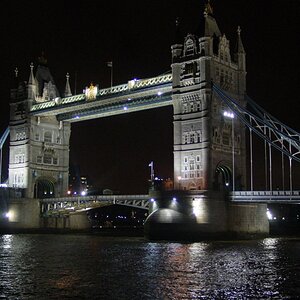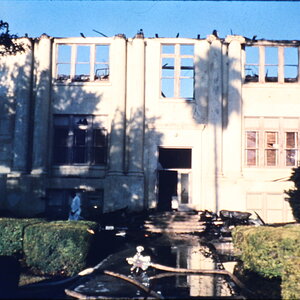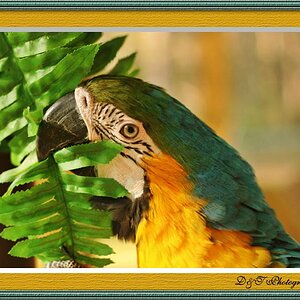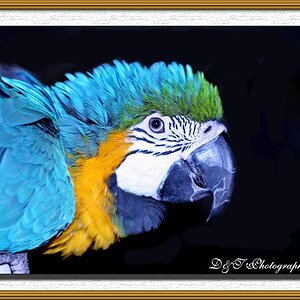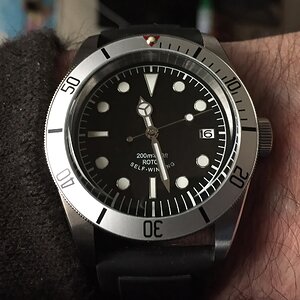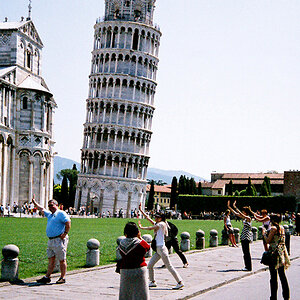mox
TPF Noob!
I want to take long exposures during the day.
There is many solutions like changing the f-stop to something like f/22 but still I can only do ~1-2 secondes at ISO100
I've been told to use a Neutral Gray Filter (+8) wich is doing EXACTLY what I want
But I was thinking.. what if I use two Polarizing filter ? You know, when you put a polarizing filter in front of an other one.. if you turn one of them, you change the 'transparency'... can this gives the same effect as a Neutral Gray Filter ?
There is many solutions like changing the f-stop to something like f/22 but still I can only do ~1-2 secondes at ISO100
I've been told to use a Neutral Gray Filter (+8) wich is doing EXACTLY what I want
But I was thinking.. what if I use two Polarizing filter ? You know, when you put a polarizing filter in front of an other one.. if you turn one of them, you change the 'transparency'... can this gives the same effect as a Neutral Gray Filter ?




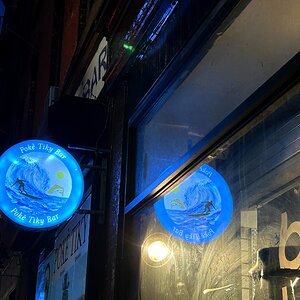

![[No title]](/data/xfmg/thumbnail/39/39290-dfb3e819bd94a7f30797638ae1ae27cf.jpg?1619738958)
